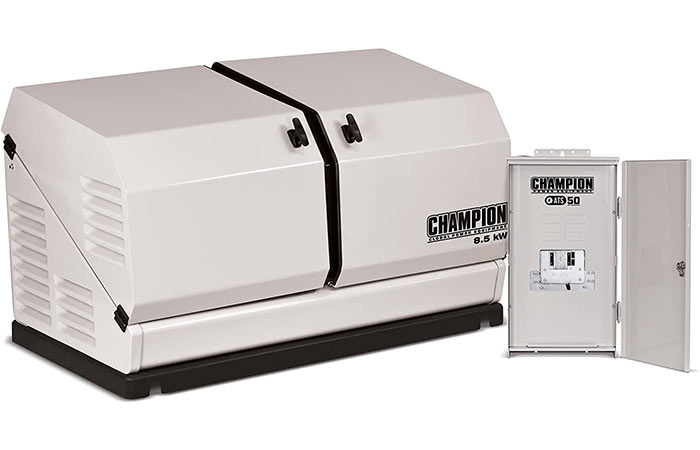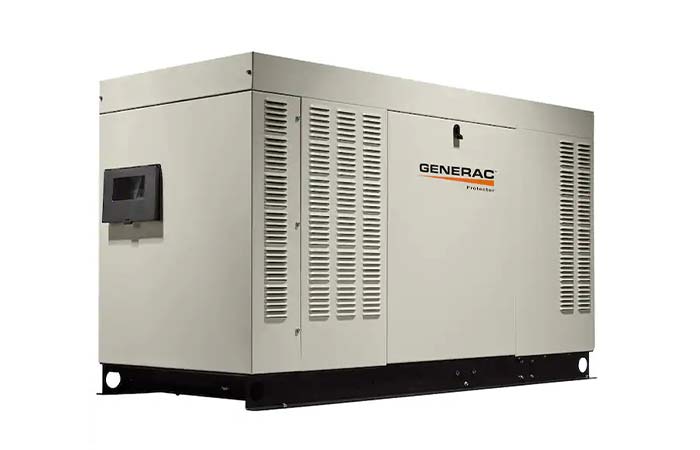When getting a generator for your house or business, you should get one that supplies more power than you need. However, getting the right amount of power can be a daunting task given that getting one that’s too big will be a waste of money in terms of purchasing and running costs.
The good news is you can find generators from as little as 800 watts all the way to 500,000 watts or more. Even with this wide range, you need a good understanding of how much power your appliances need before buying the standby generator. You also need to understand the various types of wattages for the appliances to ensure the generator accommodates all of them.
In this guide, we assess the various aspects that go into choosing the right size of standby generator. The pointers in this guide hold for both home standby and commercial standby generators since all that matters is the power needed by your appliances.
What is Starting, Running and Surge Wattage?
You need to first understand the wattages written on your appliances with their meanings being as follows:
- Starting Wattage: this is the amount of power an appliance needs to start from the off position. It’s usually about 3 times the amount of power you need to run the device.
- Running Wattage: this is the amount of power the appliance needs to keep running.
- Surge Wattage: this is the highest amount of power you can get from the generator.
With these wattages in mind, head to the next step below.
Calculating the Size of Generator Needed

First, identify the appliances you need to power up with your generator as the first step. For each device, identify the starting wattage which is either written on the appliance or in the manual. to find the total power the device needs, use the following formula:
(Running Wattage x 3) + Starting Wattage = Total Wattage Needed.
For example, an appliance with a starting wattage of 300W will need the following total watts:
(300×3) + 300= 900 + 300 =1200 Watts
For such an appliance, you need a generator that produces at least 1500 Watts to be on the safe side.
To find the total amount of watts your generator needs to produce, you should add all the needed watts for each appliance. The total will give you the sum total of the watts needed.
Some common home appliances and their wattages are as follows:
| Appliance | Wattage |
| Refrigerator/Freezer | 600 to 800 |
| Toaster | 1100 to 1700 |
| Electric Range (single element) | 2500 |
| Hot plate | 1250 |
| Electric oven | 5000 |
| Personal computer | 500 to 2000 |
| Vacuum | 700 to 1400 |
| Table lamp | 150 |
| Microwave | 1200 |
| Coffeemaker | 400 to 800 |
| Television | 100 to 350 |
| Hair dryer | 1200 to 1500 |
| Space heater | 1250 |
| Electric furnace | 5000 to 25000 |
| Central air conditioning | 2000 to 4000 |
| Water pump | 1000 to 2000 |
| Outdoor lighting | 500 to 1000 |
| Heater (radiant) | 1300 |
| Water heater | 3000 to 4500 |
| Water air conditioning | 600 to 1500 |
| Sump pump | 1500 |
When using these appliances, check if they have a motor in them. If one has a motor, double the wattage as motor equipment draw more power than their electric counterparts. Also, if you’ll be running electronics with sensitive circuits such as TVs, phones and others, go for an inverter generator as it produces smooth and stable power that won’t damage them.
